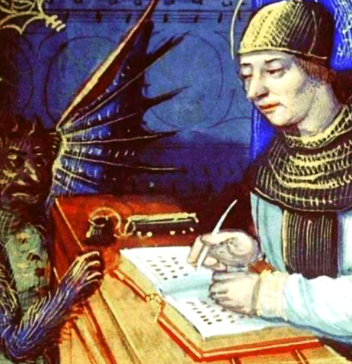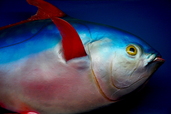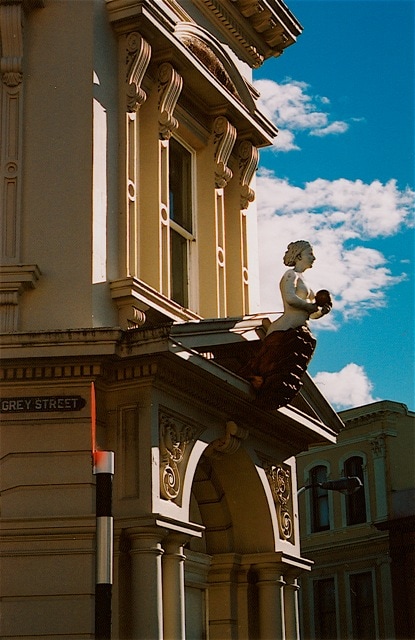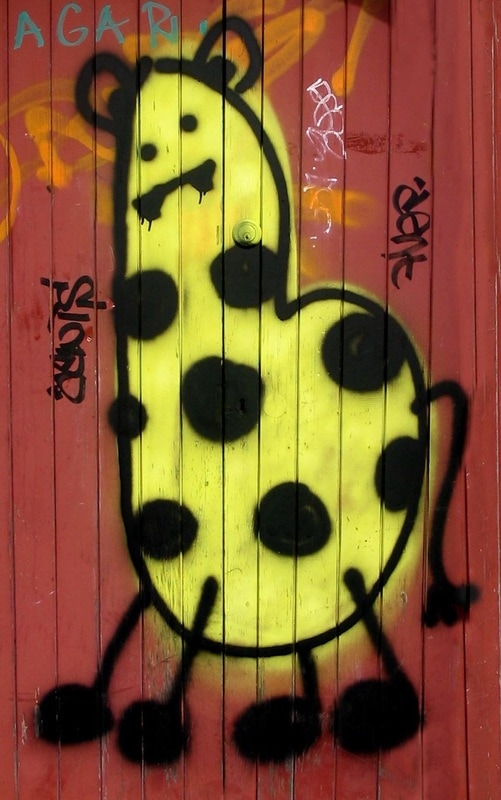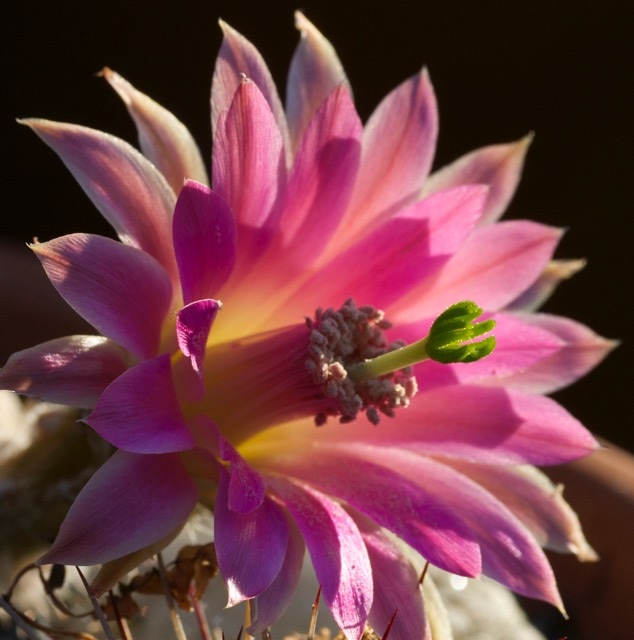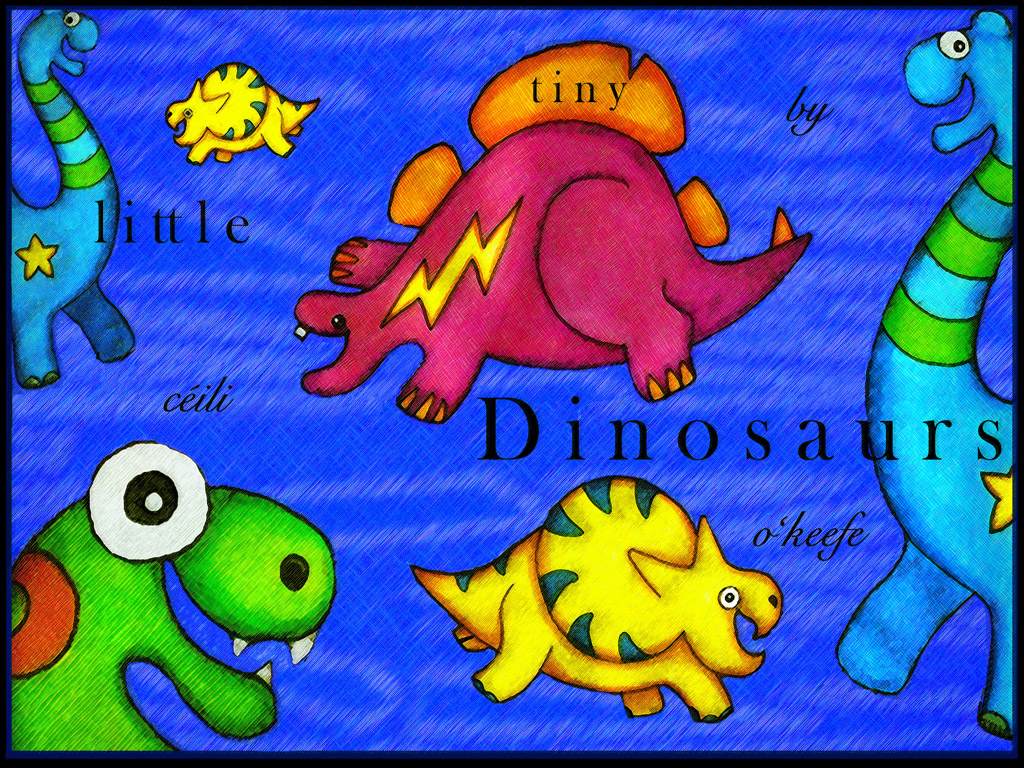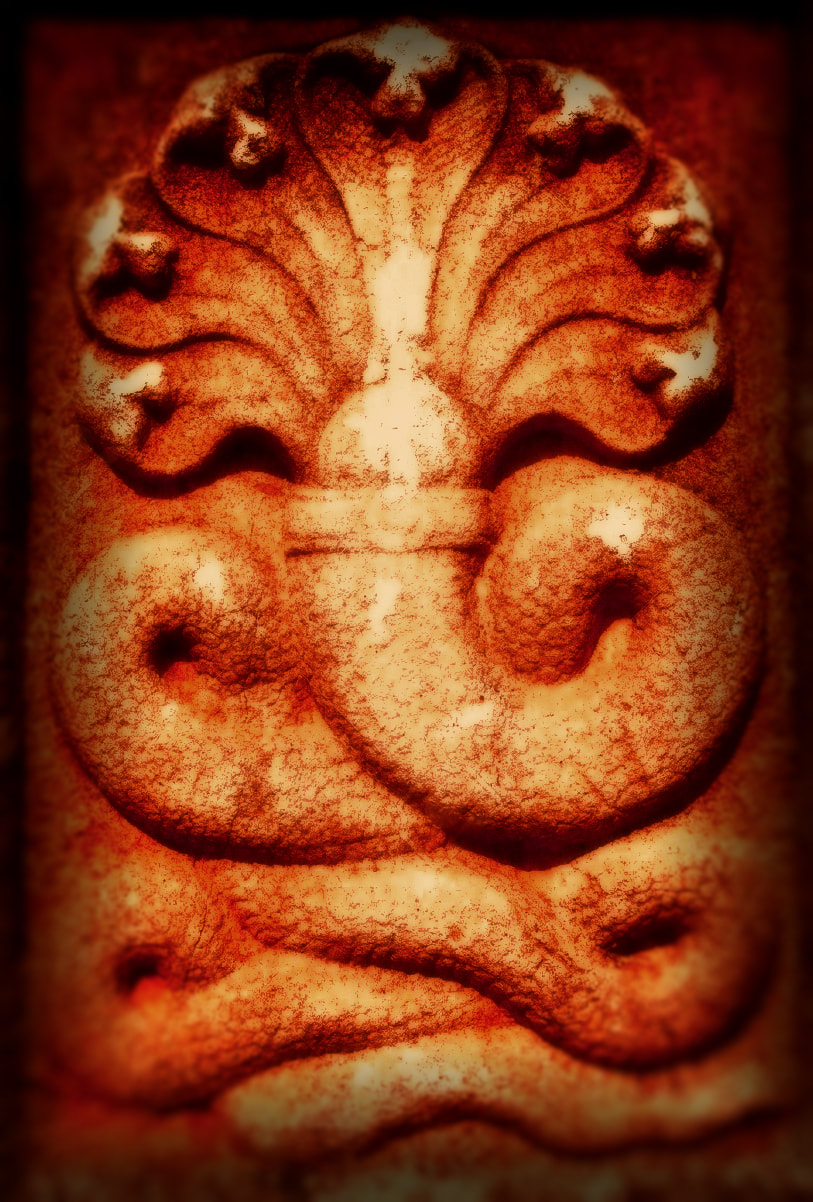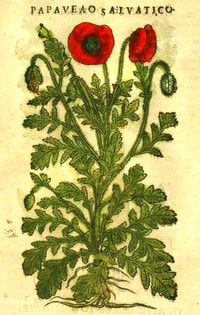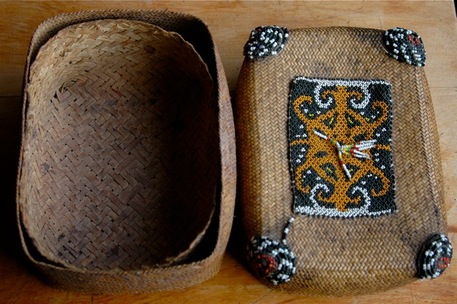
Of Kenyah or Kayan manufacture, the tiny bead panel is probably from the first quarter of the 20th C or even earlier, and finely tasseled with a seven-legged spider like element. The corner bosses are possibly contemporary with the box itself, which may be a little later than the panel, and are of larger beads, set into tree sap or some sort of organic resin. Although it's difficult to tell because of the lack of scale, (it's 20cm long) the rattan work is extremely fine and my fingers feel skinned and sore just looking at the intricacies of its construction.
I particularly enjoy the three overlapping diamond motifs in the base of the box; they appear and disappear with the movement of your eye, optically melting into one another, extending outward into the weave in infinite association. Such beautiful idiosyncrasies are going to their deaths with the demise of the artisanal traditions practiced in the Indonesian and Malaysian archipelagoes, a region of almost mythical artistic fecundity. Many of the animist tribes of the region have converted to monotheistic faiths and thus the complex, personalized webs of belief that inspired these sophisticated expressions are being lost to us all.
The motifs delineated in yellow in the bead panel are variously described as Naga (serpent or dragon, obviously influenced by the Hindu pantheon) or vegetal/Tree of Life representations; the organic references are obvious. Within Dayak and Orang iconography the involvement of the spiritual in the physical is effortlessly interfluent, energy and form creating and destroying one another in a cycle partitioned by the drama of the tropical seasons and the subtler interplay of friend and enemy within the surrounding forests. This shield-like aspect resembles the Hudoq masks appearing in the bead panels of a Kenyah baby carrier we bought last year, confrontational designs meant to repel the evil in covetous or spiteful glances and the influence of malign entities.
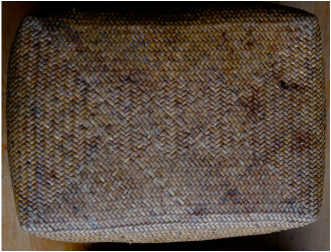
Céili O'Keefe.

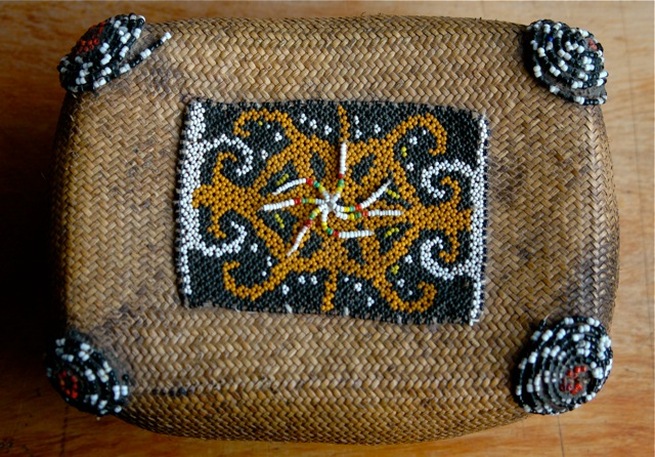
 RSS Feed
RSS Feed

